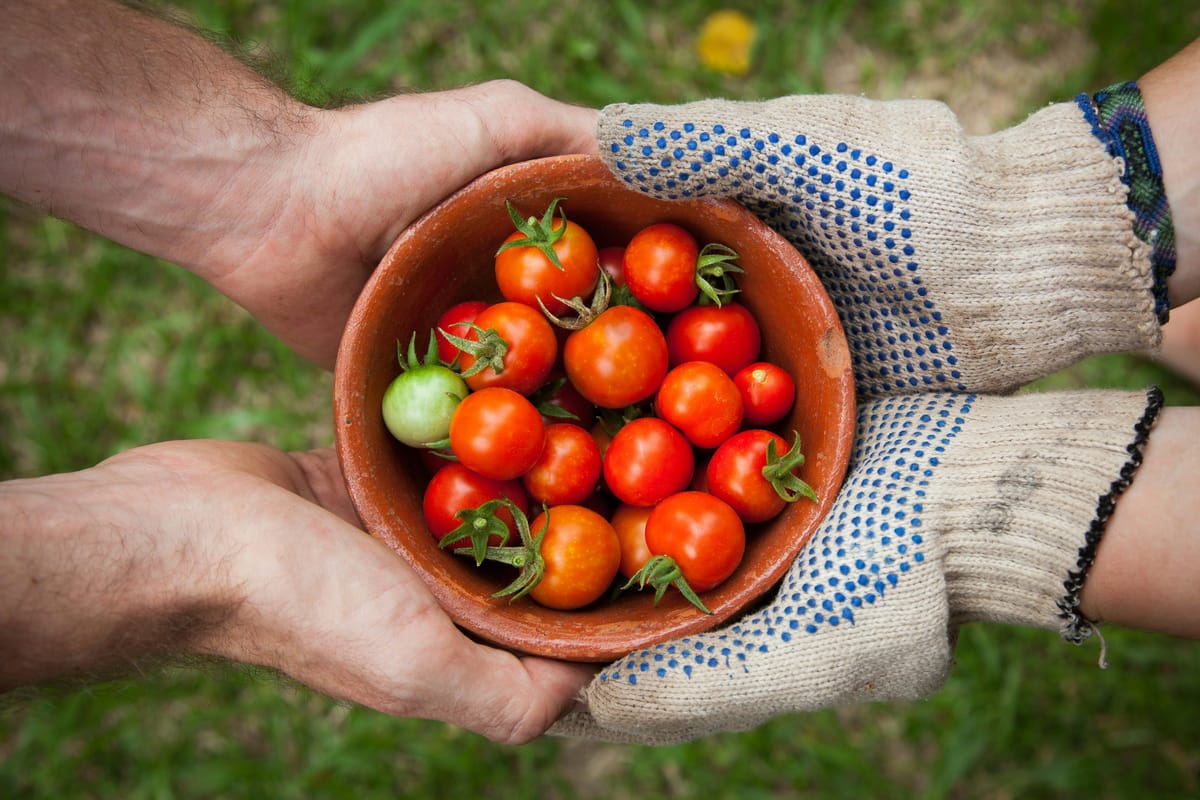Spring is the perfect time to embrace the joy of gardening. Whether you’re dreaming of vibrant flowers or a bounty of fresh vegetables…
Spring is the perfect time to embrace the joy of gardening. Whether you’re dreaming of vibrant flowers or a bounty of fresh vegetables, planning ahead can make the process easier and more rewarding. Gardening doesn’t have to be complicated or overwhelming. With a little preparation and a focus on simplicity, even beginners can create a thriving garden that brings beauty and abundance to their lives.
Why Plan Your Garden?
Taking the time to plan your garden ensures that you make the most of your space, time, and resources.
Maximize Success: Choosing the right plants for your space and climate increases your chances of a healthy garden. Planning also allows you to avoid planting incompatible plants or overloading your garden with too many varieties.
Save Time and Money: Proper planning prevents wasted effort and overbuying seeds or tools. It helps you focus on essentials and prevents costly mistakes like buying plants that won’t thrive in your conditions.
Enjoy the Process: A clear plan reduces stress and lets you focus on the joy of gardening. By knowing what to expect, you can enjoy each step, from planting to harvesting.
How to Plan Your Spring Garden
1. Assess Your Space
Start by observing your available gardening area:
Sunlight: Note how much sunlight your garden receives each day. Most vegetables and flowers need 6–8 hours of sunlight. Pay attention to any shaded areas and plan for shade-tolerant plants if needed.
Soil Quality: Test your soil’s texture and pH. Many local garden centers offer inexpensive soil testing kits. Knowing your soil’s nutrient levels helps you amend it appropriately for better growth.
Space: Whether you have a large backyard or a few pots on a balcony, there are gardening options for every size. Vertical gardening, for example, is a great solution for limited spaces.
Set Your Goals
Decide what you want to grow based on your interests and lifestyle:
Vegetable Garden: Tomatoes, peppers, and herbs are great for beginners. These plants are relatively easy to grow, and fresh produce can save you trips to the grocery store.
Flower Garden: Marigolds, zinnias, and sunflowers are easy and add color. Flowers also attract pollinators like bees and butterflies, which can benefit nearby vegetable plants.
Combination: Mix flowers and vegetables to create a garden that’s both productive and beautiful. Companion planting can also deter pests and improve soil health.
Choose Your Plants Wisely
Pick plants that suit your climate, soil, and experience level. Research your USDA Hardiness Zone to determine which plants thrive in your area. For beginners, start with hardy, low-maintenance varieties.
Native Plants: These are well-suited to your local climate and require less maintenance.
Perennials vs. Annuals: Perennials come back every year, while annuals need replanting. A mix of both can provide variety and longevity.
Seasonal Timing: Be mindful of when to plant. Some seeds, like lettuce or peas, thrive in early spring, while others, like tomatoes, need warmer soil.
Sketch Your Layout
Draw a simple map of your garden to decide where everything will go. Keep these tips in mind:
Grouping: Place plants with similar sunlight and water needs together. This simplifies care and reduces the risk of overwatering or underwatering certain areas.
Spacing: Ensure proper spacing to give plants room to grow and prevent overcrowding. Crowded plants can compete for nutrients and become more susceptible to disease.
Companion Planting: Pair plants that benefit each other, like tomatoes with basil or marigolds with cucumbers. Companion planting can enhance growth and deter pests.
Gather Your Supplies
Keep it simple by starting with the basics:
Tools: A trowel, gloves, watering can, and pruners are essential. As you gain experience, you can expand your toolkit with items like a garden fork or kneeling pad.
Soil Amendments: Add compost or fertilizer to enrich your soil. Compost provides organic matter that improves soil structure, while fertilizers ensure plants get the nutrients they need.
Seeds or Seedlings: Choose high-quality seeds or young plants from a reputable source. Look for disease-resistant varieties to increase your chances of success.
Prepare Your Soil
Healthy soil is the foundation of a thriving garden. Clear any weeds, loosen the soil, and mix in compost to improve nutrients and drainage.
Weeding: Remove weeds by hand or with a hoe to prevent them from competing with your plants.
Aeration: Turn over the soil to promote airflow and create a loose texture that encourages root growth.
pH Adjustments: Depending on your soil test results, you may need to adjust pH levels with lime (to raise pH) or sulfur (to lower pH).
Plant Strategically
Follow planting instructions for depth, spacing, and timing. Some seeds can be started indoors before the last frost and transplanted later, while others should be sown directly into the ground.
Staggered Planting: Plant crops like lettuce or carrots in intervals to ensure a continuous harvest throughout the season.
Labeling: Use durable plant markers to identify what you’ve planted and where. This is especially helpful if you’re planting multiple varieties.
Simplify Your Garden Even More
Start Small: Begin with a few plants to avoid feeling overwhelmed. As you gain confidence, you can expand your garden over time.
Use Containers: If space is limited, try container gardening with pots or raised beds. Containers are also easier to manage and can be moved to optimize sunlight.
Mulch: Adding mulch reduces weeds and helps soil retain moisture. Organic mulches like wood chips or straw also break down over time, enriching the soil.
Water Wisely: Water early in the morning to minimize evaporation and fungal growth. Use a soaker hose or drip irrigation system for efficient watering.
Label Your Plants: Use markers to remember where and what you’ve planted. Labels also make it easier to track growth and identify plants at different stages.
The Rewards
Gardening is about more than growing plants; it’s about cultivating happiness, mindfulness, and a connection to nature. With a little planning and a simple approach, your spring garden can become a source of beauty, nourishment, and relaxation. Start small, stay consistent, and enjoy watching your garden come to life this spring!
Like this post? Consider a small donation to help keep this site going, or subscribe to our premium content and newsletter. My family and I truly appreciate the support! All donors (no matter how small or large) will get a thank you mention in our next post.






Comments ()